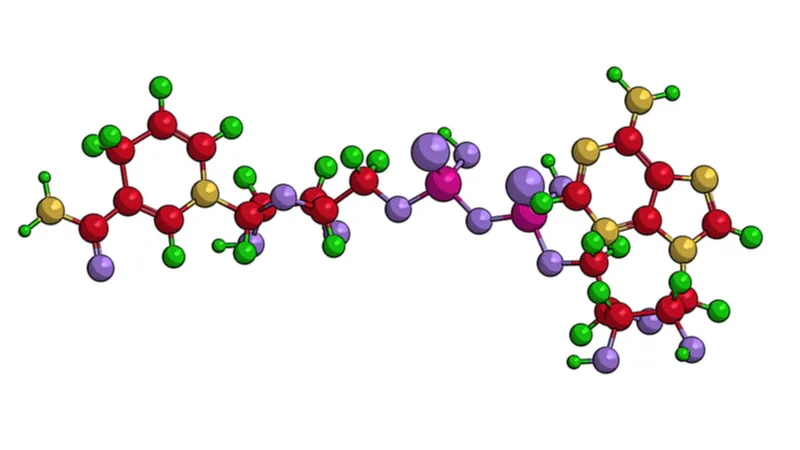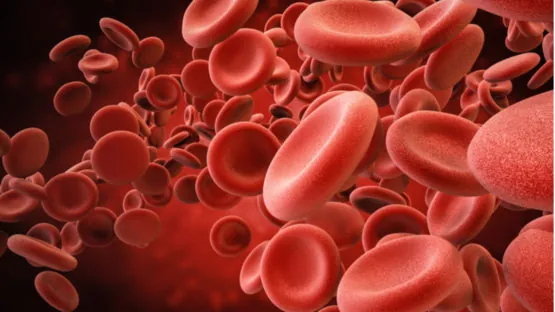Researchers have reversed the age-related decline in the function of hematopoietic stem cells (HSCs) in older mice using nicotinamide riboside. This success can make our blood more youthful and increase the effectiveness of stem cell transplantation [1].
There will be blood
HSCs are the progenitors of all our blood cells. HSCs reside in the bone marrow and are quite rare. Nevertheless, by constantly dividing, they give rise to around 500 billion blood cells daily [2], including the cells that constitute the backbone of the immune system, such as B-cells and T-cells. This phenomenal proliferative potential is utilized in hematopoietic stem cell transplantation (HSCT) – a treatment against some types of cancer, blood disorders, and immune system disorders.
HSCs behave quite differently from most other cell types. They spend the lion’s share of their time in a quiescent state, sort of a “sleep mode”, only waking up, entering the metabolically active state, and proliferating when needed. With age, HSCs become permanently activated. This age-related boost in metabolism is accompanied by increased mitochondrial activity but makes aged HSCs dysfunctional, with only a small subset of HSCs retaining the abilities to effectively clear excess mitochondria via autophagy and to maintain a low metabolic state with a high regenerative potential.
More years, less NAD
Nicotinamide adenine dinucleotide (NAD) is a coenzyme found in all living cells and an important regulator of mitochondrial activity. NAD levels decline with age, which contributes to the development of many age-related diseases. The NAD precursors nicotinamide mononucleotide (NMN) and nicotinamide riboside (NR) have been shown to ameliorate certain effects of this age-related decline. They are deemed safe for consumption and are gaining popularity as dietary supplements.

Read More
NR has already been found to boost the function of young HSCs by decreasing their overall metabolic activity and facilitating mitochondrial clearance [3]. This time, the researchers wanted to explore the effects of NR supplementation on HSCs in aged mice.
NR restores calm
As a result of 8-week-long NR supplementation, HSCs in old mice became much “calmer”, with their levels of metabolic activity decreased and their proliferative potential largely restored. The treatment also lowered the mitochondrial mass (the overall volume of mitochondria in the cell) via clearance of defective mitochondria. The researchers also found that NR treatment reduces several markers of mitochondrial stress. Collectively, these results suggest that the NR-induced restoration of the youthful phenotype in HSCs indeed works by mediating mitochondrial activity.
The researchers also analyzed transcription profiles of young and aged HSCs. Prior to the treatment, some 3000 genes were expressed differently in young and old cells. This number decreased dramatically to about a thousand after old cells were treated with NR. Many of the genes that were upregulated in the aged HSCs and downregulated following the NR treatment are associated with basic metabolic processes. In general, the transcriptional response was consistent with increased mitophagy and reduced metabolic output.
Unfortunately, the effects lasted only for as long as the treatment itself. As soon as NR supplementation was discontinued, HSCs quickly returned to their aged phenotype. The researchers conclude that the therapeutic effects of NR supplementation require a continuous intake of NR. This, probably, is not much of a problem, since, as we mentioned above, NR is generally safe.
Older people can do it too
Finally, the researchers performed several experiments involving HSC transplantation in mice. Weak “homing” (HSCs’ movement towards suitable niches in the bone marrow) and engraftment are currently a major problem with HSCT. Only about 10% of transplanted HSCs successfully populate the bone marrow following transplantation and begin proliferating [4]. Rates of success are also negatively correlated with the donor’s age, which is consistent with the age-related decline in HSC function.
The researchers have found that NR treatment restores HSCs’ homing and engraftment ability almost to youthful levels. Yet again, the effect lasted only for as long as the treatment itself. Moreover, the success depends on both the donor and the recipient receiving NR.
In HSCT, the compatibility between the donor and the recipient is of utmost importance. Ideally, the donor should be a close relative of the recipient. Age-related decline in HSC function narrows the pool of possible donors by excluding the older ones. By boosting the function of aged HSCs, NR supplementation could make transplants from older people more effective.
Conclusion
Because HSCs give rise to all our blood cells, their aging must have immense consequences. This research shows a possible way to reverse HSC aging and contributes to our understanding of the important role NAD plays in cellular metabolism and in age-related disorders. Since NAD precursors are largely safe and widely available, every piece of new evidence of their rejuvenating activity has substantial importance.
Literature
[1] Sun, X., Cao, B., Naval-Sanchez, M., Pham, T., Sun, Y. B. Y., Williams, B., … & Nilsson, S. K. (2021). Nicotinamide riboside attenuates age-associated metabolic and functional changes in hematopoietic stem cells. Nature Communications, 12(1), 1-17.
[2] Silva, A. S., Anderson, A. R., & Gatenby, R. A. (2011). A multiscale model of the bone marrow and hematopoiesis. Mathematical biosciences and engineering: MBE, 8(2), 643.
[3] Vannini, N., Campos, V., Girotra, M., Trachsel, V., Rojas-Sutterlin, S., Tratwal, J., … & Naveiras, O. (2019). The NAD-booster nicotinamide riboside potently stimulates hematopoiesis through increased mitochondrial clearance. Cell Stem Cell, 24(3), 405-418.
[4] Caocci, G., Greco, M., & La Nasa, G. (2017). Bone marrow homing and engraftment defects of human hematopoietic stem and progenitor cells. Mediterranean journal of hematology and infectious diseases, 9(1).





